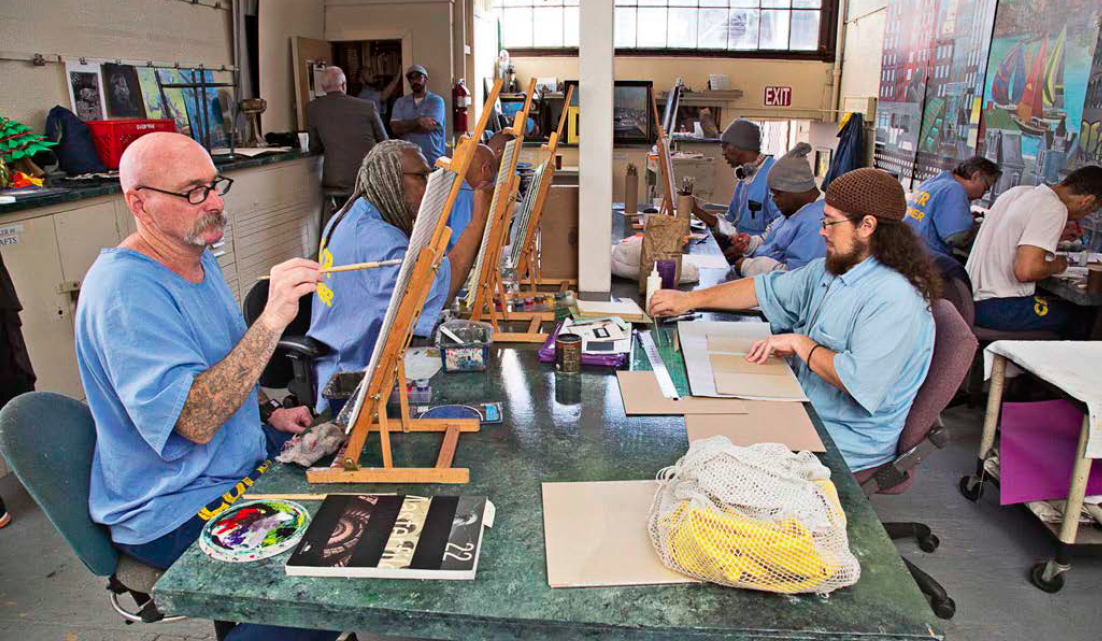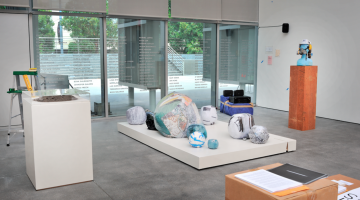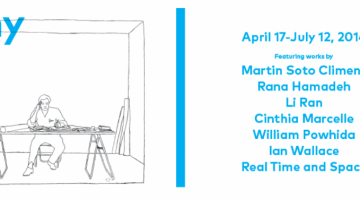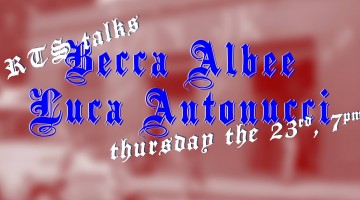When an inmate steps inside San Quentin State Prison’s art studio, he is in a whole different world. It may not look different than any other studios in the community. But, to him, it is a doorway to freedom and self-worth, an escape from the stressful reality he has to face once he steps back out. The studio is open seven days a week, and it is always crowded. There are usually about a dozen inmates sitting or standing next to one another in front of their works, preparing supplies, working on a project, or simply contemplating, figuring it out.
“You’ve really got to like to be around. We’re all antisocial. You’ve got to like it [art], to be with other people to do it,” said Scott McKinstry. He leads a crew of other prisoners going around painting murals in the prison. Outside are the daily rituals. On the way to the studio, an alarm went off, and everyone in blue had to sit down on the ground at once, watching the guards running past them toward the south block with their keys clinking along the way, while a guard shouted, “Down! All the way down!” It was a good half hour, after an ambulance came and went, before everyone was allowed to get up and move on. No one knew what had happened, nor did they appear to care.
San Quentin is California’s oldest prison, infamous for its bloody past and as the state’s only death row. Eleven guards, two prison workers, and numerous prisoners have died in The Q since it opened in 1851. Today, the prison is one of the most progressive in rehabilitation. Prisoners beg for transfers to San Quentin. In partnership with the William James Association and the correctional agency’s Arts-in-Corrections program, the San Quentin Prison Arts Project has been running art classes in the studio since 2005.
“A studio is the artist’s sanctuary,” said Carol Newborg, program manager of the Prison Arts Project. The program offers classes in drawing, painting, graphic novel, printmaking, modeling, creative writing, poetry, music theory, guitar, keyboard, and even origami and Shakespeare theatre. Indeed, the studio may well be an escape from the high-control environment of the prison—inmates are always told what to do by the guards, gang leaders, and their peers to keep them in line with the rules and the convicts’ code.
“Making models is like an escape from prison, especially when making a seascape because it’s like being home,” said Bruce Fowler, whose home is on the water and whose elaborate models have intrigued many. “In the jail you always have people telling you what to do. This is what you can do all by yourself. You don’t have anyone tell you what to do or how to do it. It’s self-expression,” added James Craft, a member of the mural crew.
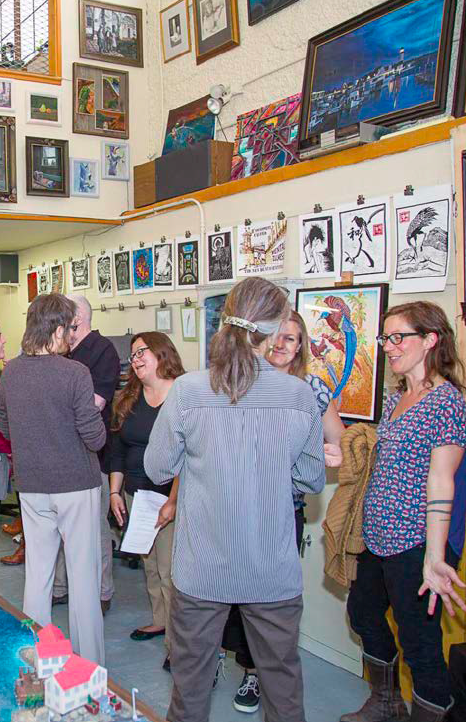
Open studios at the San Quentin State Prison art studio with visitors from the public. Photograph by Peter Merts. Courtesy of San Quentin State Prison.
McKinstry and his crew are painting a colorful 64-by-7-foot mural for the north dining hall. Two of them are also working on another one depicting two biblical stories for the Catholic Chapel. Coming into the south dining halls, by the way, one is awed by the gigantic murals rendered in brown paint by the late Alfredo Santos in the 1950s.1
Some people work on themselves through arts. “What [artists] do actually is to figure themselves out when they have to sit down to figure things out,” said McKinstry. “Art helps me express my feelings and emotions, and they help me understand myself. When I choose a drawing or painting, I look into myself to see if I feel it before I do it,” said Bun Chanthon, who picked up a paintbrush for the first time six months ago.
“The more and more I’m in prison, the more antisocial I am,” said Christopher Christensen. “I love playing music, but I hated to be in front of people. I got into Shakespeare to push myself to be in front of people and out of my comfort zone to train myself.”
Amy M. Ho is the studio director at Real Time and Space in Oakland and a contract employee with the Prison Arts Project. “I like the idea of something really slow, like a meditation,” said Ho, who specializes in video installation. “What I have learned about prison arts is that there aren’t a lot of ways to make art in here, but people have come up with a lot of different styles and ways of making it work.”
